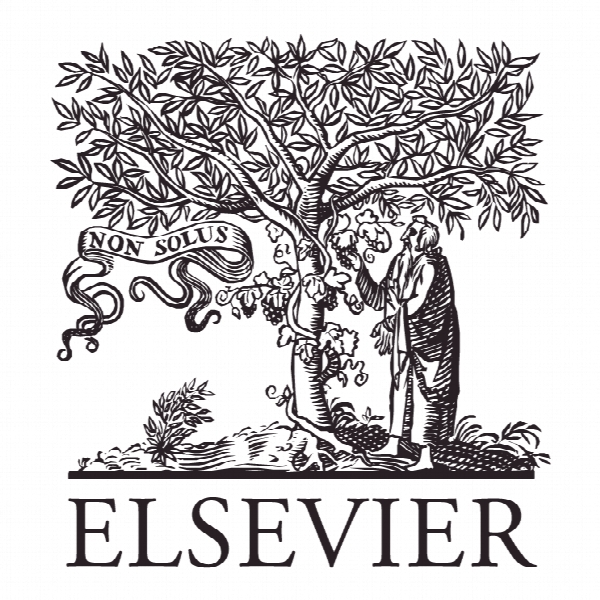رویکرد مدل سازی یکپارچه برای مبدل های DC-DC بر اساس سلول سوئیچینگ سه حالته A Unified Modeling Approach for DC-DC Converters Based on The Three-State Switching Cell
- نوع فایل : کتاب
- زبان : انگلیسی
- ناشر : Elsevier
- چاپ و سال / کشور: 2018
توضیحات
رشته های مرتبط مهندسی برق
گرایش های مرتبط الکترونیک، الکترونیک قدرت
مجله بین المللی الکترونیک و ارتباطات – International Journal of Electronics and Communications
دانشگاه Department of Electrical Engineering – Federal University of São João del-Rei – Brazil
منتشر شده در نشریه الزویر
کلمات کلیدی انگلیسی 3SSC-based converters, dc-dc converter modeling, PWM switch model
گرایش های مرتبط الکترونیک، الکترونیک قدرت
مجله بین المللی الکترونیک و ارتباطات – International Journal of Electronics and Communications
دانشگاه Department of Electrical Engineering – Federal University of São João del-Rei – Brazil
منتشر شده در نشریه الزویر
کلمات کلیدی انگلیسی 3SSC-based converters, dc-dc converter modeling, PWM switch model
Description
I. INTRODUCTION Small-signal modeling of dc-dc converters is a well-known topic in literature, especially considering the application of linearized state-space models to obtain transfer functions that allow closed-loop operation [1]. However, this technique depends on a considerable amount of mathematical manipulations. For example, in the classical Ćuk, SEPIC (single-ended primary inductance converter), and Zeta converters, which are fourth-order systems, the inversion of 44 matrices is necessary. Besides, the analysis becomes quite complex as more parasitic elements are taken into account [2]. Other alternative solutions dedicated to small-signal modeling have also been introduced e.g. complementarity framework, even though it presents significant complexity [3]. Fourier series decomposition can also be used to model power converters, which are based on the Fourier series analysis of the PWM (pulse width modulation) signal within the mathematical representation of the model, thus minimizing the possibility of applying different or sophisticated control laws [4]. Among several distinct solutions, circuit averaging has proven to be effective for modeling purposes [5-7]. The PWM switch model proposed by Vorpérian for the analysis of dc-dc converters operating in CCM [8] and DCM (discontinuous conduction mode) [9] consists in a simple and direct approach from the point of view of electric circuits, analogously to that used in the small-signal modeling of amplifiers using bipolar junction transistors (BJTs) [10, 11]. This technique has been widely applied to classical dc-dc converters, but it can be extended to other topologies with higher component count [12-14]. The classical nonisolated dc-dc converters i.e. buck, boost, buck-boost, Ćuk, SEPIC, and Zeta are widely employed in distinct applications [15]. However, operation at high power levels is typically not possible in practice since the load power is processed by a single semiconductor element in each operating stage. The 3SSC and a family of nonisolated dc-dc converters were proposed in [16] as an interesting alternative for this purpose, since the filter elements are designed for twice the switching frequency, with consequent reduction of overall dimension. Besides, the current stresses through the semiconductor elements are reduced and current sharing is maintained due to the autotransformer.


